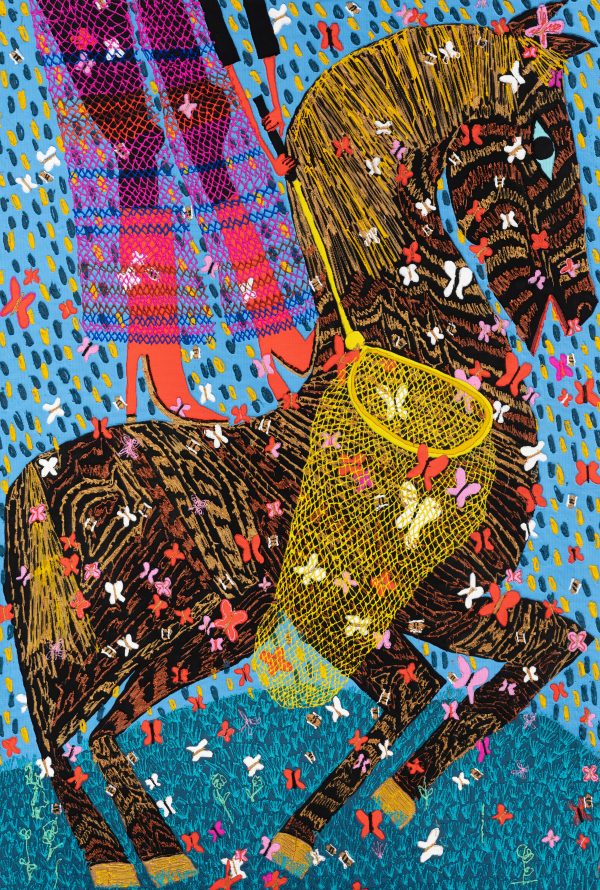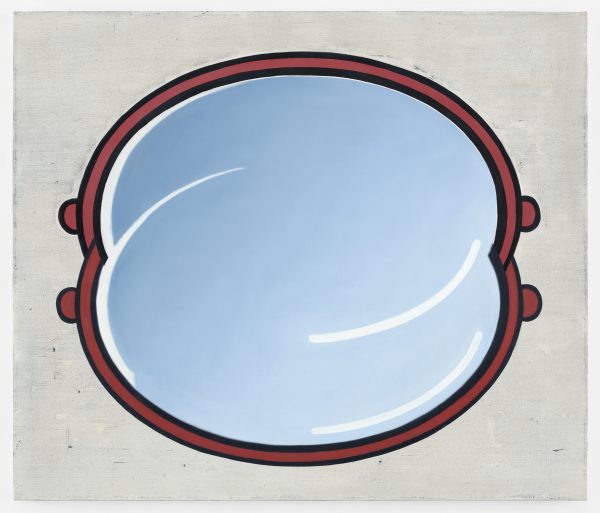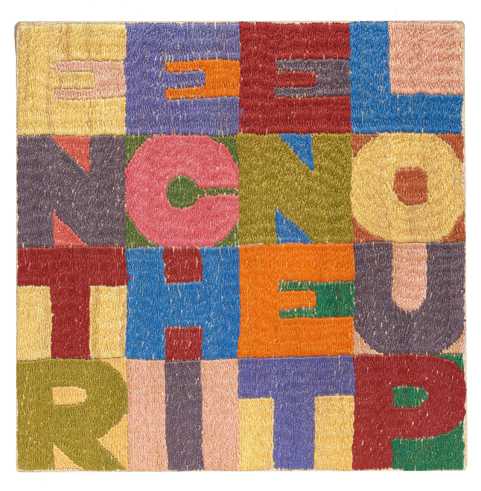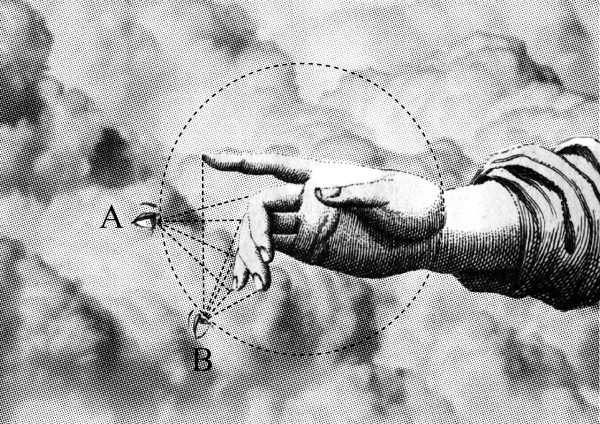Alexia Guggémos

Passionate art critic, digital sociologist and pioneer of virtual museums, Alexia Guggémos has been cultivating a singular vision of contemporary art for thirty years. Trained at the École du Louvre, she combines intellectual rigor with a sense of transmission. In 1996, well before the rise of social networking, she created a unique space: the Musée du Sourire, the first 100% virtual museum, dedicated to this enigmatic expression that crosses all cultures. Her intuition? To make the smile a common thread, a universal language, a lever for experiencing art differently. Alexia's sharp, inquisitive eye is also at the service of emerging artists and audiences. She is the author of several books, including L'Histoire de l'art pour les nullissimes (2017), in which she clearly unfolds twenty centuries of visual history. Paris Gallery Weekend gives her carte blanche in 2025. And it's a promise: an itinerary to follow with the eyes... and a smile.
The eye alert, space in motion
At a time when Berlin, Brussels and Zurich are touting their artistic circuits, Paris is not content with adding a few addresses to a map. It invents another geography: vibrant, unpredictable, bubbling. The 12ᵉ edition of Paris Gallery Weekend is dazzling proof of this: 74 participating galleries, a record in Europe! What a joy to witness this effervescence, to feel this artistic heart beating to the rhythm of the neighborhoods.
I stroll through the city with the impetus of a first-time visitor and the tenderness of accumulated memories: familiar galleries, friendly faces, and the equally lively pleasure of pushing open the door to unfamiliar spaces. I think back to the first editions: the little cakes placed on the counters, the smiles exchanged, the cold drinks sipped between two exhibitions. This atmosphere of discreet celebration and joyful connivance hasn’t changed. It has simply amplified, like a happy wave.
In Saint-Germain-des-Prés, rue de Seine, at Berthet-Aittouarès, I stop, curious. Behind a door pushed open almost by chance, I come face to face with a Papuan kulap with a sunny smile. I’m overcome with emotion! This ritual figure, from the collection of Georges Goldfayn, a fellow traveller of André Breton, seems to watch over the place. “She’s worth every detour,” says Odile Aittouarès with a knowing wink, one of the most loyal members of the Comité Professionnel des Galeries d’Art.
I choose to follow the thread of women artists, one of the five thematic paths offered this year alongside sculpture and photography. At Galerie Zidoun-Bossuyt, which in just a few years has established itself as a reference between Dubai and Luxembourg, I meet up with Sabrina Bakis, the director, beaming: “Since the gallery opened in Paris three years ago, we haven’t missed a single edition!” Here, American artist Summer Wheat exhibits works that instantly captivate: luminous female figures woven into metallic wefts. Vibrant, tender, pop: each canvas is a gentle, frontal refuge.
Set course for the magnetic Marais district. At Semiose, German artist Anne Neukamp deconstructs signs with an almost hypnotic virtuosity. In front of her works, the gaze finds no support: it floats, it vacillates. It’s a discreet vertigo, a chamber of visual echoes. Through his series of painted mirrors, it’s impossible not to think of Gaston Bachelard: “The mirror is an object that can generate space. Here, the mirror opens up abysses.
In the heart of the Matignon hub, Galerie Pron has moved to a new location on Rue du Faubourg Saint-Honoré, marking a turning point in its career that began in the Marais district. In the spotlight at this opening are glass sculptures, the result of a collaboration between Italian master glassmaker Egidio Constantini and three giants of modern art – Picasso, Chagall and Ernst. Here again, Paris redraws its intimate map: a moving archipelago, a network of singular views and new impulses.
Want to get away from it all? Head for Romainville, at 22.48m2. Here, Jean-Baptiste Caron invites me to defy invisible laws. He shows that space is never empty: it’s saturated with delicate tensions, suspended balances. Everything could collapse, yet everything holds together. This fragile poetry reminds me of the words of Vladimir Jankélévitch: “The miracle is not what lasts: the miracle is what passes.”
To let yourself be surprised, thrilled and amazed: that’s true luxury. For a weekend, art awakens the eye and reinvents the links between people and places. Paris Gallery Weekend reminds us that art is more than just a show: it’s a common language, capable of building a more sensitive and supportive society.
– Alexia Guggémos
Ses recommandations
-

Zidoun-Bossuyt Gallery
Summer Wheat , United States
"Sun Up, Sun Down"
- Art contemporain
- Artistes femmes
- Contemporary Art
- Painting
- Peinture
- Women Artists
-

Semiose
Anne Neukamp , Germany
"Mirror"
- Contemporary Art
- Painting
- Women Artists
-

Pron
Alice Gavalet, Alighiero Boetti, Bernard Rooke, Carlo Scarpa, Diego Giacometti, Ernesto Basile, Ettore Sottsass, Fausto Melotti, Gommaar Gilliams, Jane Yang-D’Haene, Kodai Ujiie, Lucio Fontana, Maurizio Donzelli, Niyaz Najafov, Marc Chagall, Max Ernst, Pablo Picasso, Pietro Ruffo, Roberto Matta, Rémy Pommeret, Roger Herman, Ujiie Kodai, et Vittorio Zecchin
--
"Exposition inaugurale"
- Contemporary Art
- Modern Art
- Painting
- Sculpture
-

22,48 m²
Jean-Baptiste Caron , France
"FORCES EN PRÉSENCE"
- Art contemporain
- Carte blanche
- Contemporary Art
- Installation